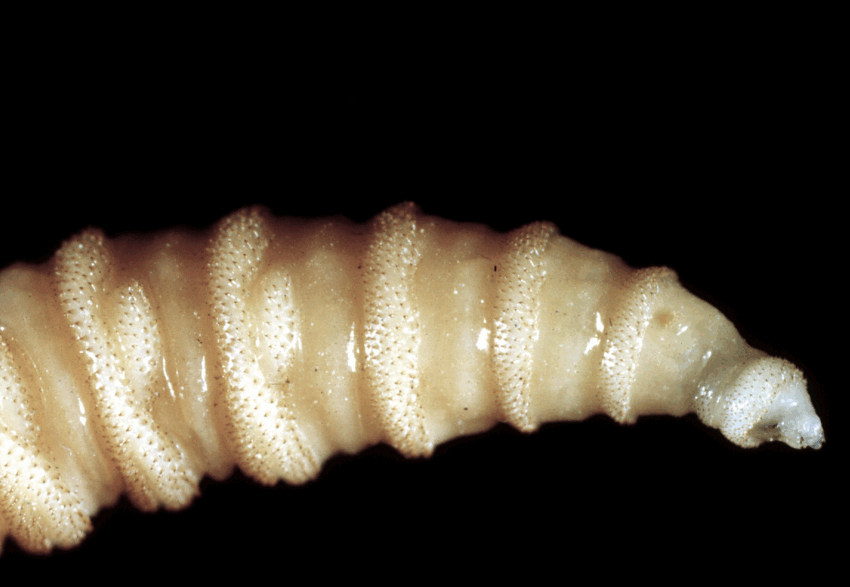California News:
In my work, I cover everything from construction and energy to farming and pest control. Most stories pass without surprise. But sometimes, I come across one that stops me cold.
This one starts with a creature called the New World Screwworm and ends as a reminder of what happens when scientists, governments, and people on the ground work together to solve a crucial threat.
The name sounds bad enough. The reality is worse. The screwworm is a type of fly whose larvae feed on the living flesh of warm-blooded animals. They burrow into open wounds of livestock, pets, wildlife, and sometimes humans, eating as they go.
commons.wikimedia.org)
Heavy infestations can kill cattle within days, and humans suffer grueling myiasis – boil-like lesions with a central hole, foul-smelling discharge, and fever or secondary infection, if untreated.
We’ve fought this battle before. In the 1960s, U.S. scientists pioneered the Sterile Insect Technique: releasing billions of sterilized male flies so that mating produced no offspring. The program wiped out screwworms from the United States, and later from much of Central America.
But today, the pest is on the move again, advancing north through Central America and now in southern Mexico. If it returns to the U.S., the impact could be enormous: billions in agricultural losses, harm to wildlife and pets, and expensive emergency containment measures.
The good news is that governments and experts are not waiting for that to happen. The U.S. Department of Agriculture has restricted certain livestock imports from Mexico, invested in new sterile-fly production facilities in Mexico and Texas, and begun preparing another full-scale eradication campaign. Mexican and U.S. agencies are working side-by-side with veterinarians, farmers, and scientists to stop the insect before it crosses the border.
This is exactly the kind of story we need to talk about more. Not because the screwworm is fascinating, though it is in a grim way, but because it’s proof that real cooperation still works.
We live in an era when cross-border threats are common: invasive species, livestock diseases, crop pests, and even human pandemics. None of these respect lines on a map. Stopping them requires the kind of teamwork the screwworm story illustrates, where science drives the plan, governments provide resources, and people on the ground make it work.
We beat the screwworm once. We can beat it again. And when we do, it will be because egos were set aside, the focus stayed on the threat, and everyone, from scientists to policymakers to people in the field, pulled in the same direction.
In California, where solving even our most urgent problems can feel like an endless stalemate, it’s refreshing to see proof that government can work, partnerships can thrive, and a problem this big can be solved. Maybe it’s hope. Maybe it’s wishful thinking. But either way, it’s worth remembering because it means there’s still a way forward when we choose to take it.
Click this link for the original source of this article.
Author: Hector Barajas
This content is courtesy of, and owned and copyrighted by, https://californiaglobe.com and its author. This content is made available by use of the public RSS feed offered by the host site and is used for educational purposes only. If you are the author or represent the host site and would like this content removed now and in the future, please contact USSANews.com using the email address in the Contact page found in the website menu.








